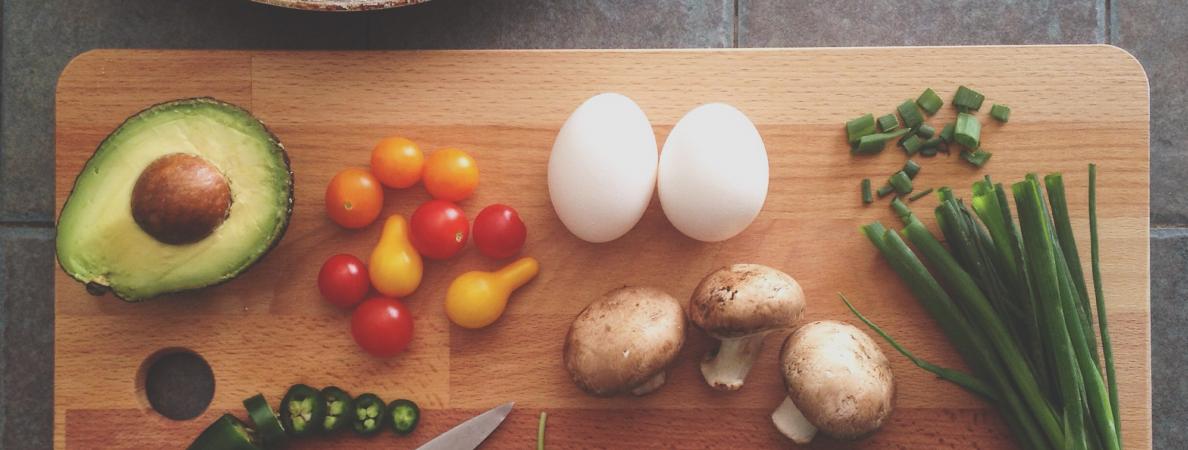
Brought to you by the team at Mo’Money. Visit their site for access to resources, events, and tips to become more confident managing your finances.
In times of financial uncertainty, it is very important to prioritize your essential living costs like food and rent. The Mo’Money team has compiled a list of simple ways you can eat well on a budget- especially a tight one.
10 tips for eating well on a budget:
1. Take stock:
Look at your cupboards, spice rack, fridge and freezer and create a list of the items you currently have. Having a list will help with planning, shopping, saving and avoiding waste. Like any habit, this will take a while to pick up and maintain, but it is so worth it.
2. Plan your meals:
Now that you have a working list of what you have, it’s time to see what meals you can create with what you have. Make sure they are meals you enjoy; it makes maintaining this habit easier. The duration is up to you, just make sure you’re being honest and realistic with yourself.
3. Get inspired:
Apps like Yummly and Tasty can help you take the items on your shopping list and in your cupboards to help you make meals with what you have.
4. Make a shopping list:
if you are missing some ingredients for the meals you’ve planned, it’s is the perfect time to create a shopping list. Make a list of the ingredients you need to make your meal plan. Don’t forget the snacks! This is a great time to figure out if buying some items in bulk makes more sense for you.
5. Shop seasonal:
Using seasonal produce is a great way to add variety to your meals while saving. Strawberries, broccoli, kale, cherries and apples are some produce that are currently in season and are therefore cheaper. Check out Sobey’s guide of seasonal food.
6. Canned is a great option:
If the produce is not in season, canned is a great way to go. Tomatoes and beans are great examples of foods that are typically cheaper in cans during their off season. If you are worried about added salt and sugar, there are low- and no- salt/sugar options.
7. Find coupons and sales:
Use an app like Flipp to find coupons or sales for the items on your list. You can choose a few nearby stores if you don’t mind shopping at different locations - your student bus pass makes this easier to do. Shopping online first gives you a good idea of how much your groceries will cost.
8. Compare pricing:
Stores often have different brands of the same item, so take some time to compare prices before you settle for a product. Because an item is on sale doesn’t mean there isn’t an even cheaper option. Think of this as a fun savings game.
9. Shop the sale shelves:
Many grocery stores have a sale shelf – this is your friend. It is a great place to find ingredients and produce you plan on using soon. You’re welcome!
10. Prep it yourself:
A lot of produce is more expensive if it’s been chopped or prepared and packaged. Buy your bunch of kale, wash and chop it at home yourself. Save the stalks and use them in soups or to make a stock. Some produce is cheaper when you buy it frozen, but often fresh produce in season will be cheaper than the frozen version. Again, compare prices.
We hope you find these tips helpful. Share this article if you found it helpful. Sharing is caring!




